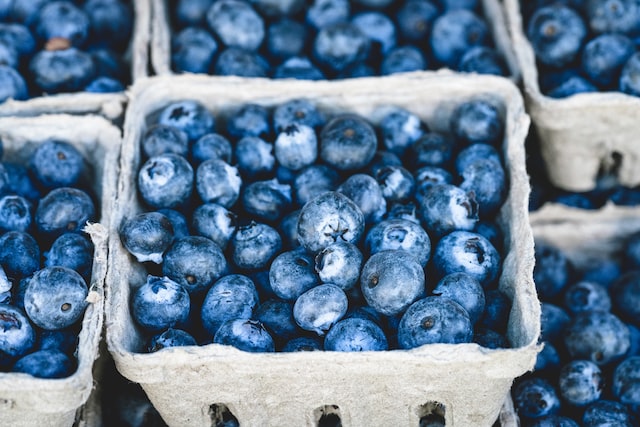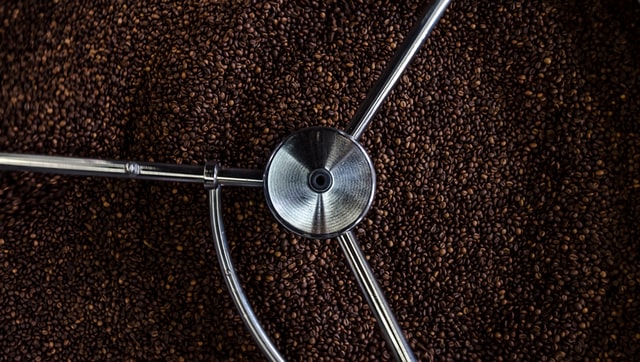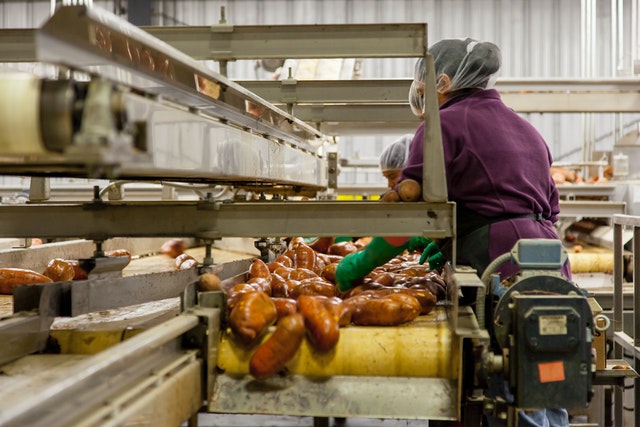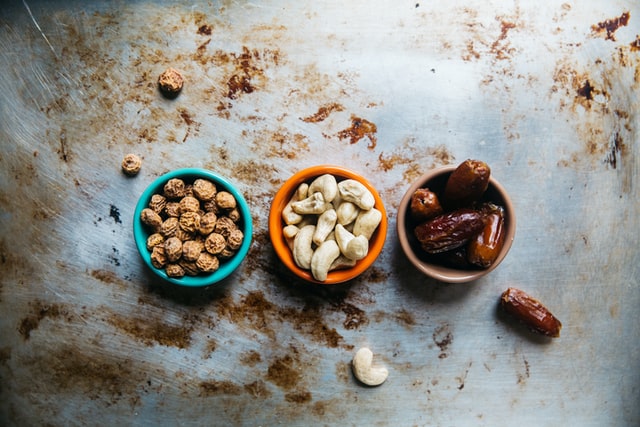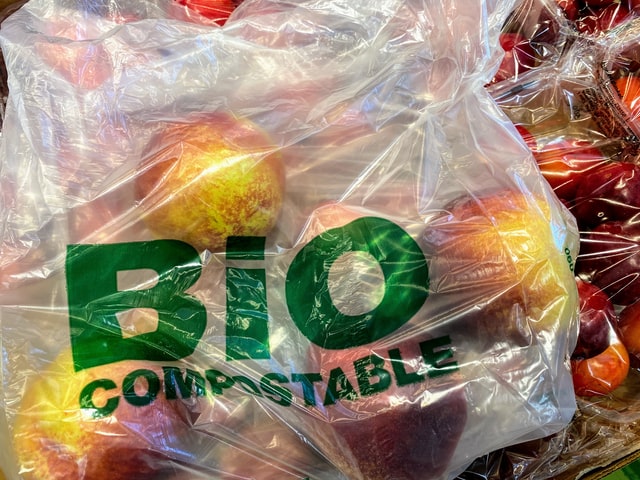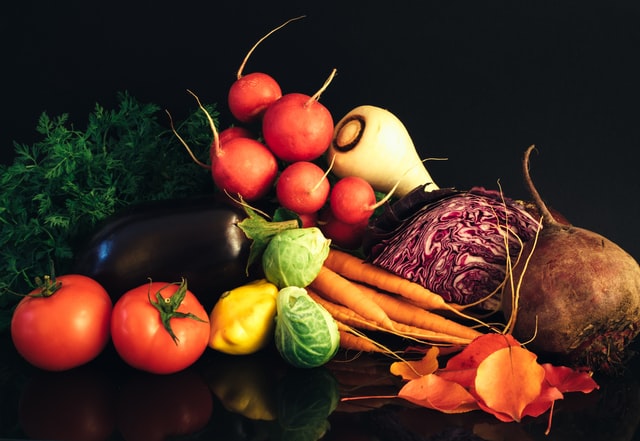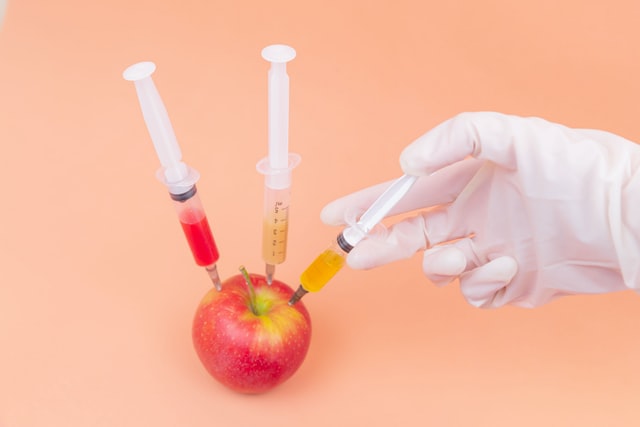Food packaging is the material used to enclose and protect food products. It can be made from various materials, including paper, plastic, metal, and glass. The type of food packaging you use will depend on the type of product you are selling. For example, fresh produce will require different packaging than packaged goods.
Food packaging is one of the most important aspects of food marketing. It is the first thing that potential customers see, and it can make or break a sale. Many different types of food packaging are available, so it cannot be easy to know which is right for your product. This blog post will discuss the different types of food packaging and how to choose the right one for your product.
Types of Food Packaging
There are many different types of food packaging available, and the type you use will depend on your product. Some of the most common types of food packaging include:
Bags
Bags are one of the most common types of food packaging. They can be made from various materials, including paper, plastic, and cloth. Bags are typically used for packaging small items, such as snacks and candy.
Boxes
Boxes are another common type of food packaging. They can be made from various materials, including cardboard, plastic, and metal. Boxes are typically used for packaging larger items, such as cereal and pasta.
Cans
Cans are another common type of food packaging. They are made from metal or plastic and can be used to package various items, including soups, fruits, and vegetables.
Glass Jars
Glass jars are another common type of food packaging. They can be used to package various items, including jams, jellies, and sauces.
Plastic Containers
Plastic containers are another common type of food packaging. They can be used to package various items, including liquids and solids.
Choose the Right Food Packaging for Your Product
When choosing food packaging for your product, there are several factors you should consider, including:
- Type of Product You Are Selling
The type of product you sell will dictate the packaging you need. For example, for fresh produce you may want to use plastic or Styrofoam containers with perforated lids.
- Shelf Life of Your Product
The shelf life of your product will dictate the type of packaging you need. For example, products with a longer shelf life such as canned goods, can be packaged in less durable materials than products with a shorter shelf life.
- Size of Your Product
The size of your product will dictate the type of packaging you need. For example, some small items may do better in clamshell packaging, while larger items will require a box.
- Your Budget
Finally, your budget will dictate the type of packaging you can use. For example, if you’re on a tight budget, you may need to opt for more economical options.
Conclusion
Choosing the right food packaging for your product is important. There are many different types of food packaging available, and the type you use will depend on your product. Consider the type of product you are selling, your product’s shelf life, your size, and your budget when choosing food packaging for your product.
Need some more advice on food packaging? Learn about our food packaging consultant services at the greater goods here!
